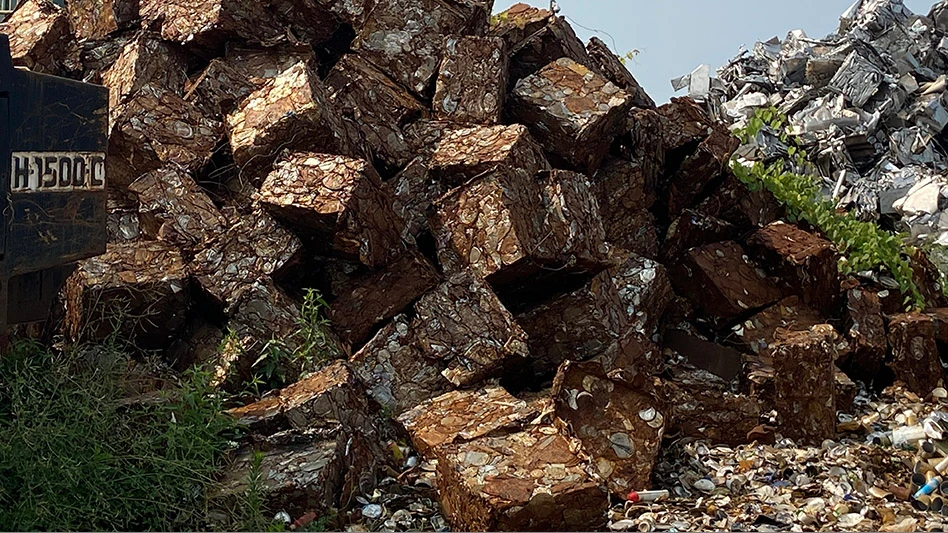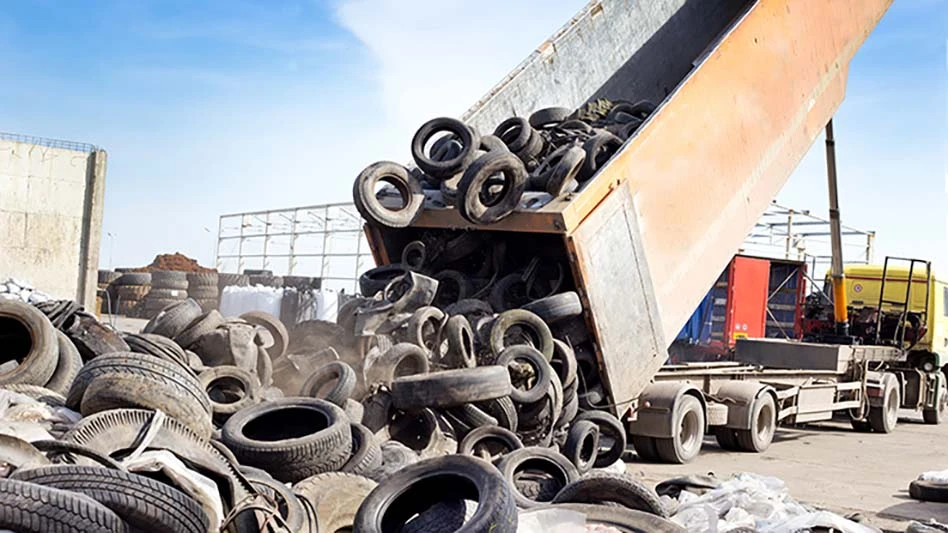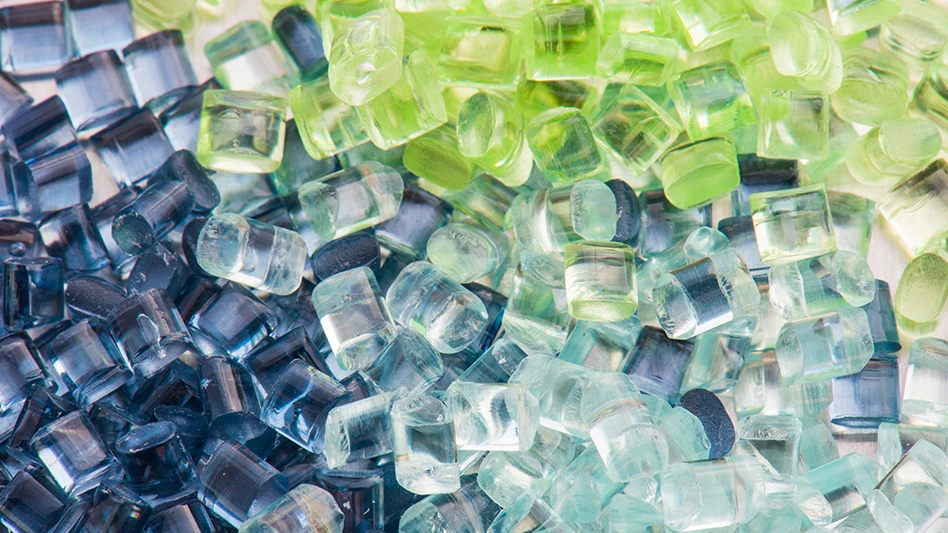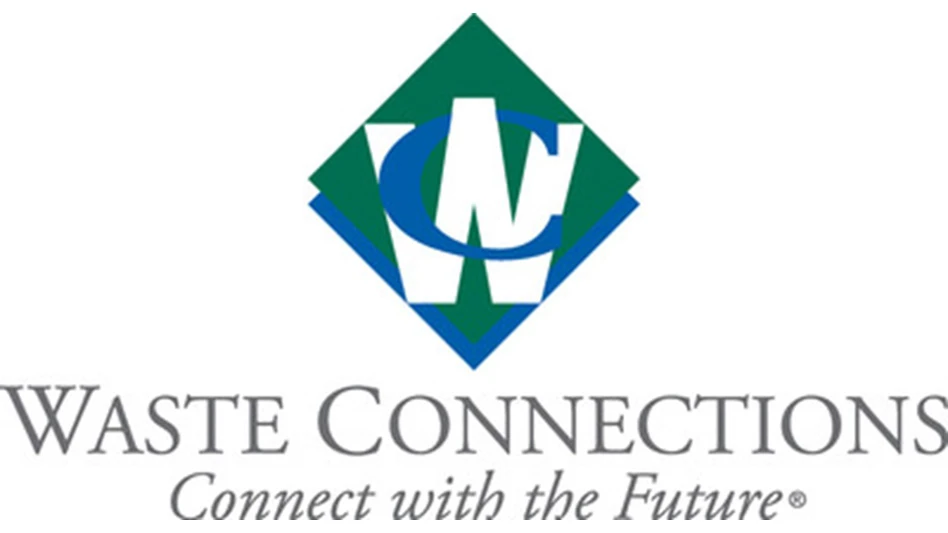The iron and steel scrap business seems in fine shape to fight another round and still come out smoking. A fairly healthy economy, coupled with good response to the growth in minimills in the Midwest, has put the ferrous scrap market on top of its game as it makes its final rounds this year. Markets around the Pacific Rim, however, have taken a beating. Japan’s economy, especially, has gotten a black eye which put buyers there in a poorer position to buy large amounts of U.S. scrap.
Still, there is no sign that ferrous markets will be on the defensive. The prospect of continued market growth is bolstered from some less traditional areas like residential home construction (see sidebar). In all, things bode well for ferrous prices into 1998.
Winford Moore, general manager of Frankfort Scrap Metal Co., Frankfort, Ky., is quite bullish on the market through the end of this year and beyond. While pointing out that there have been some fluctuations in the market this fall, he says he expects prices to hold their own into 1998. "I see steady demand, no major ups or downs through the end of the year," he says. "We hope to see some increases after the first of the year."
Moore’s outlook is buoyed by expansion in the auto industry, with Toyota bringing out a new van at a nearby plant. While December can be a traditionally slow month, he notes that mills likely will want to lay in material for the winter months.
The volume of recycled iron and steel is holding up quite nicely in the greater Philadelphia area, according to Bob Bonnes, a buyer with Camden Iron & Metal Inc., Camden, N.J. "All of the markets are looking good," he says. The emergence of New Jersey Steel as a prominent player has put a firm base under the market. They have increased volume from 40,000 to 60,000 tons per month. This is drawing heavily on the scrap flowing through the mid-Atlantic markets.
The result is that cut grade prices have firmed, and Bonnes says he looks for more price improvement over the next couple of months. "We see cut grades up seven to eight percent," he says. This is on top of price appreciation in the late summer and early fall.
Mills in the eastern United States are reaching out for supplies and are jacking up their offer-prices to get material. Bethlehem Steel’s Harrisburg plant jumped its price offer for shred by $2 and got no response, so they upped it another $2. Local observers say they expect the price to go up another $2. The higher-quality low-residual bundles have sold as high as $180, delivered, to other Pennsylvania mills. The market anticipates more shredded material than cut grades.
Across the region, shredded prices increased $4 to $5 per ton. Bonnes sees continued increases through November in shredded, as well. Part of the bullish outlook is due to the minimal amount of shredded inventory on the East Coast.
Tube City Inc., King of Prussia, Pa., is working under the assumption that the market will continue to go up. Noting that mills are reaching out for material, company officials see the market being driven by domestic demand, not export.
Jim "Mac" Macaluso, vice president of the ferrous division of Sims Bros. Inc., Marion, Ohio, says the market looks strong in central Ohio, and he believes it will continue the same into early 1998. "Melt rates are up there about 92 percent," he says. "Bundles are up $5 and cut grades are up $3. It all looks quite good."
The opening of several new minimills in the Mississippi Valley over the past couple of years has given those regional markets second wind. The minimills proved to be good customers. However, the whip-saw action that some recyclers feared would beset the market as they stocked up and then pulled back never really materialized. Macaluso notes that not everyone is in the market at the same time. While one mill will make major purchases one month and drop out the next, another mill is in the market in the down month. That serves to smooth out demand. "The market is very steady," he says.
Markets in the Los Angeles area also are holding their own this year, despite the loss of export opportunities. Raymond Alpert, secretary/chief financial officer of Alpert & Alpert Iron & Metal, Los Angeles, says the market looks "pretty firm, especially on the domestic side." Noting that supply follows the demand, he adds that demand seems to be strong.
"Southern California is tied in with the rest of the country," Alpert says. "Business activity is decent and I don’t see any reason why it should change going into 1998."
Although far away from the Midwestern minimill boom, the West Coast still is affected by the minimill activity. "If there are changes, then there will be backlash here," Alpert notes. While the minimills continue to demand material at a lively rate, Alpert says pricing is a different story. "They are selling cheaper, and that means they may try to cut back on prices a bit," he says. However, short-term, that does not seem to be happening. In fact, the price for steel bundles from the auto makers actually went up about $5 per ton going into the early fall market.
Bruce Glant, vice chairman of Pacific Iron & Metal, Seattle, says demand remains good in the domestic market, although he is not seeing a lot of activity in the international market. "Generation of domestic scrap is not bad," he says. "It seems to be pretty good whether manufacturing is booming or not." Although prices in the Pacific Northwest have slacked off a bit over the past several months, dropping in the area of $5 to $7 per ton, it is far from a dismal market.
"The domestic market in the Northwest is pretty good," Glant continues. "Demand is good even though the price is a bit soft." Supply, in terms of gross tonnage, was up between four and five percent as of early October. Final figures for September also were up over the previous September.
Sitting right in the geographic center of the Midwest boom and the West Coast export crunch is Silver Dollar Recycling, Las Vegas. But they seem to be rolling with the punches. "Domestic supply is holding up fairly well," says Bob Friedman, president. However, the drop in export business has taken its toll. "The West Coast export market is not there," he says. The net result, he says, is that scrap fell $5 in September and was moving sideways into October.
A bright spot in the high desert was the opening of a new North Star minimill in Kingman, Ariz. That location and Nucor’s Salt Lake City plant get most of Friedman’s scrap. He says the new mill has helped a lot. "They haven’t slammed anyone, but they are being competitive," he says.
QUIET INTERNATIONAL SCENE
The report is not so bullish overseas. The Asian tigers seem to have taken a knock-out punch in recent months and there is not a lot of hope that they will be revived soon. Alpert blames the drop-off in the weakening economies in Asia. Japan, especially, has had a horrible time with its domestic economy, which put the brakes on their demand for ferrous scrap.
"China is extremely soft since they tightened up their money supply this past summer," adds Glant. While he notes that the Chinese do want material, the money situation is putting a lid on any significant market activity.
Eastern Europe is slow, as well. However, exports to Latin America may make up for some of what is being lost in Asia and other regions. Bonnes sees strong demand out of Mexico and South America, especially Venezuela.
"Export dipped," he acknowledges, "but it has regained 60 percent to 70 percent recently. There will be an export market."
Camden Iron & Metal is shipping to Louisiana and other Mississippi River ports. "If you are sitting on water, it is a real advantage," Bonnes notes. In October, for example, one Mexican mill was looking for 20,000 tons of cut material and another was looking for 10,000 tons of shredded and 10,000 tons of cut. Bonnes says he expects to see more of the same.
LOOKING INTO NEXT YEAR
When the bell rings at the start of 1998, most observers expect that ferrous markets will keep their fighting trim.
Silver Dollar’s Friedman says he is installing new equipment this fall to handle an anticipated increase both in volume and in demand. "Markets normally escalate into the winter," he says, "but I expect them to continue to go up through next year as well." He is putting most of his faith in the domestic market.
Frankfort’s Moore simply does not see any dark clouds on the horizon of the market. "I don’t see anything that will change my outlook," he says. "I think it is likely things will continue to go well."The author is a freelance writer based in Strongsville, Ohio.
Sidebar
Steel Framing Could be the Next Market Driver
Light-gauge steel framing could be the next heavy-duty growth area for recycled steel.
The steel industry, led by groups like the Steel Recycling Institute, Pittsburgh, Pa., is making a major push to get steel accepted and sought after as a home framing material.
Although the steel will not be coming into the scrap flow for at least a couple of decades, use of steel in house framing should be another steadying force in providing a floor under ferrous markets. About 28 percent of the material used in steel framing is from recycled material.
Steel framing supporters note that much of the new-growth wood used as framing material is not as stable as traditional timber supplies and is prone to warpage. They also note that there is less job-site waste with steel framing since the pieces are pre-cut to specification. Research by the Steel Recycling Institute shows that the amount of steel wasted on the job site for a 2,000 square foot steel-framed home is minimal enough to be put in a 55-gallon drum.
Currently, the steel industry is focusing on outreach and educational programs in vocational schools to get younger builders comfortable with using steel as a framing material and teaching builders and architects how to handle steel in construction projects.
How big is the potential? In 1996, about 12 million autos were recycled. Each 2,000-square foot home framed with steel would use the equivalent of six scrapped cars. So, it would take annual construction of 2 million homes with steel framing to equal the total consumption of vehicles for recycling. The industry has a way to go — but not so far that a goal of 10 percent (or 200,000 homes) is out of reach. In 1992 just 500 homes were framed with steel. In 1995, the number rose to 50,000.

Explore the November 1997 Issue
Check out more from this issue and find your next story to read.
Latest from Recycling Today
- Lautenbach Recycling names business development manager
- Sebright Products partners with German waste management equipment company
- WasteExpo transitions to biennial format for enhanced experiences
- Study highlights progress, challenges in meeting PCR goals for packaging
- Washington legislature passes EPR bill
- PureCycle makes progress on use of PureFive resin in film trials
- New copper alloy achieves unprecedented high-temperature performance
- Gränges boosts profits and sales volume in Q1 2025





